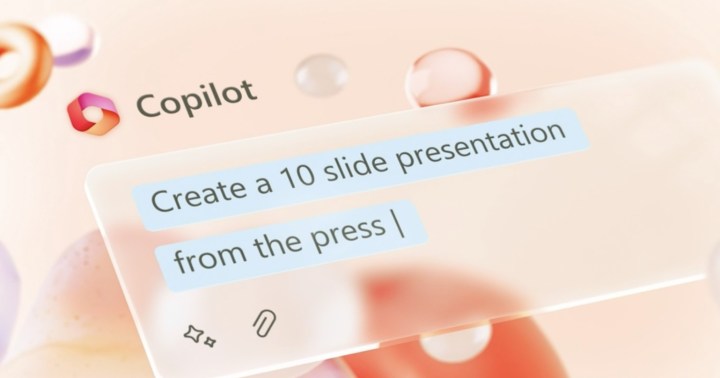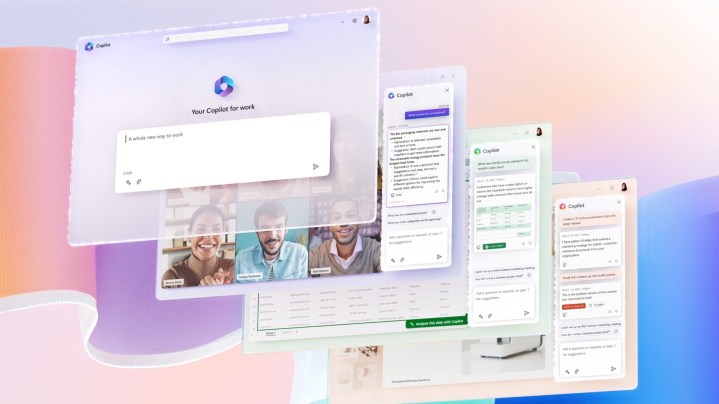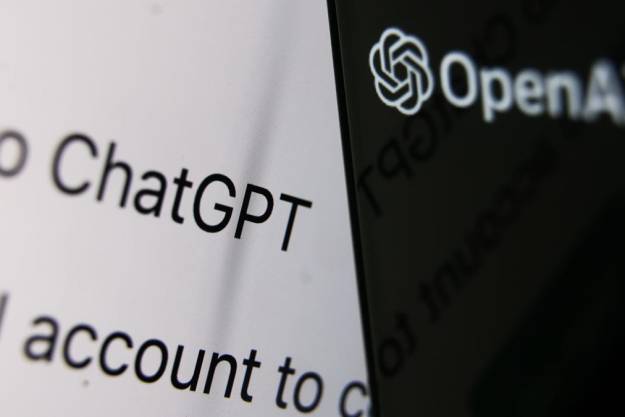Microsoft has revealed its thoughts on how artificial intelligence (AI) could shape how we work in the years to come — and how it plans to help guide those changes. The announcement was made by Microsoft’s Satya Nadella and Jared Spataro at a company event titled The Future of Work with AI.
As the name suggests, the show was focused on how artificial intelligence (AI) could affect how we work, both now and in the future. More specifically, the tech giant discussed how it will add AI smarts into its suite of Office apps.

In PowerPoint, for example, you will be able to use an AI-powered Copilot that can create entire presentations for you with just a few text prompts. You will be able to tell it to make a presentation based on one of your existing documents, and it will understand prompts telling it to add animations or style each slide individually.
Microsoft will also be bringing Copilot to its other Office apps. You can use it to help you write a speech in Word, put together a to-do list in OneNote, or draft a group email in Outlook. Everything will be editable, either by directly changing text and images yourself or by asking Copilot to do it for you.

Copilot does all this by combining Microsoft 365 apps, a large language model, and Microsoft Graph, which together analyze your files and data to learn how to help you best. As Microsoft explained, it’s not just ChatGPT connected to Office, but a lot more than that.
Microsoft’s AI efforts have come under intense scrutiny in recent weeks. After the company bought OpenAI, it worked to integrate the ChatGPT chatbot into its products. The result was Bing Chat, but it has been plagued by reports of erratic behavior and unsettling messages since it launched.
Earlier this week, OpenAI unveiled GPT-4, the latest edition of the large language model powering ChatGPT. It was also revealed that Bing Chat is powered by GPT-4 and has been for some time now.
Editors' Recommendations
- The best ChatGPT plug-ins you can use
- GPT-4 vs. GPT-3.5: how much difference is there?
- OpenAI needs just 15 seconds of audio for its AI to clone a voice
- We may have just learned how Apple will compete with ChatGPT
- Copilot: how to use Microsoft’s own version of ChatGPT




